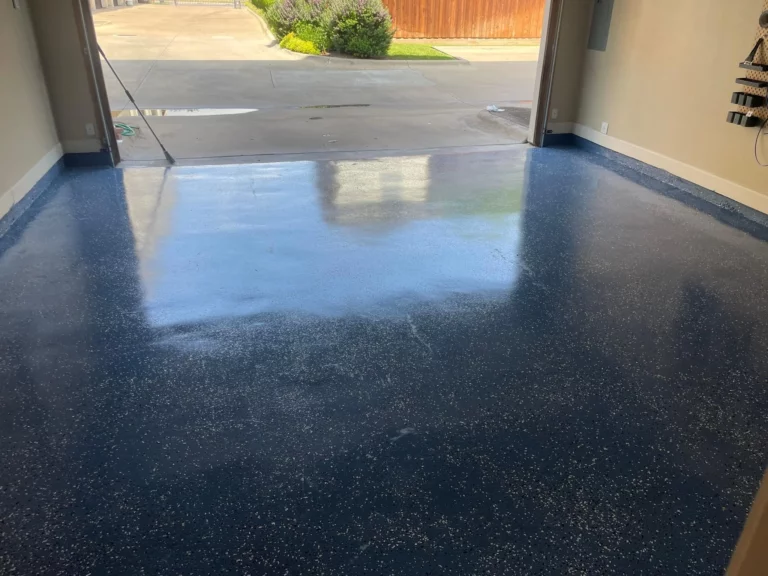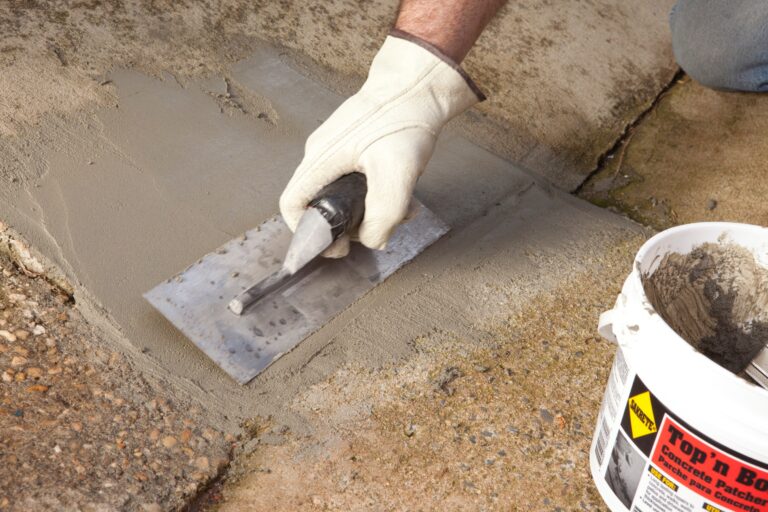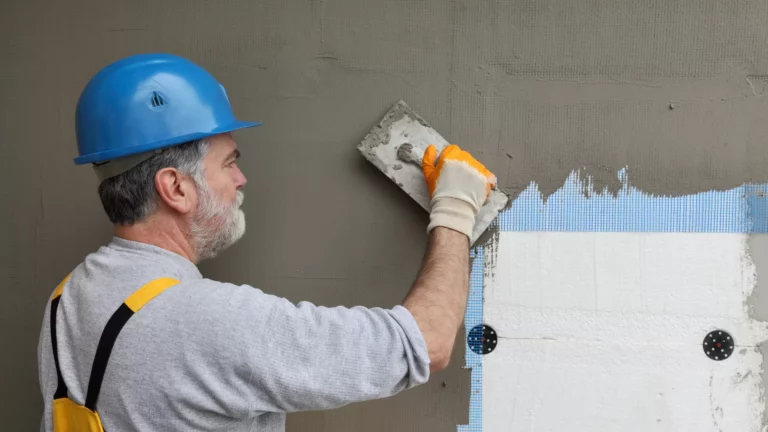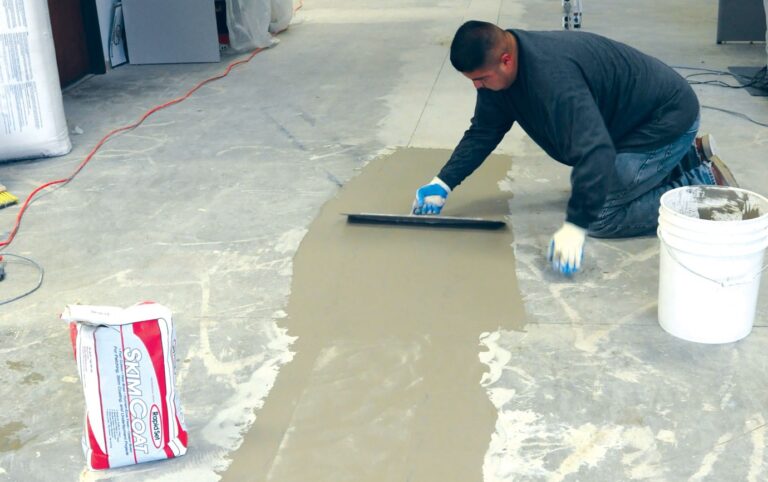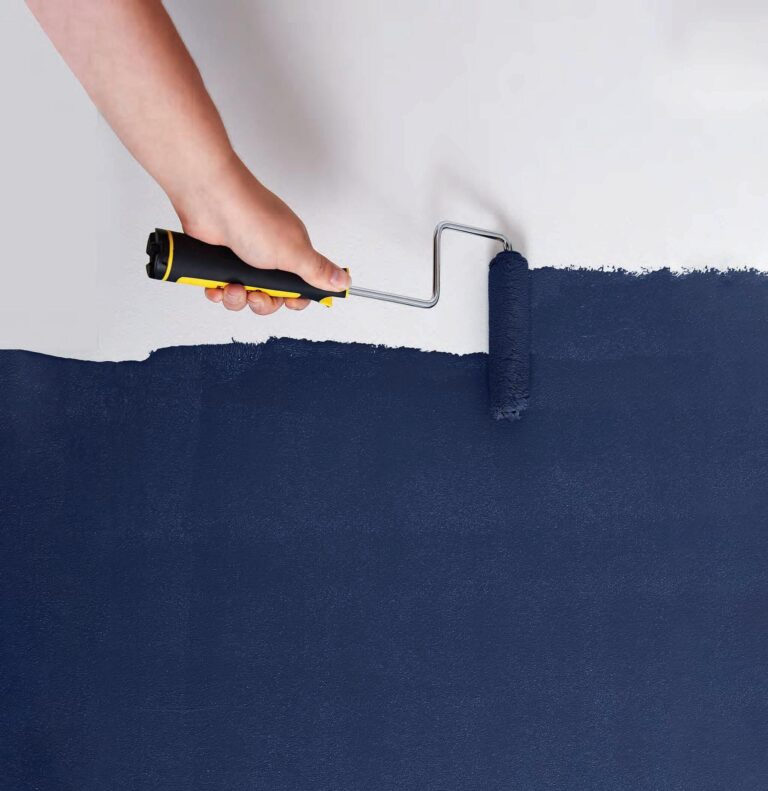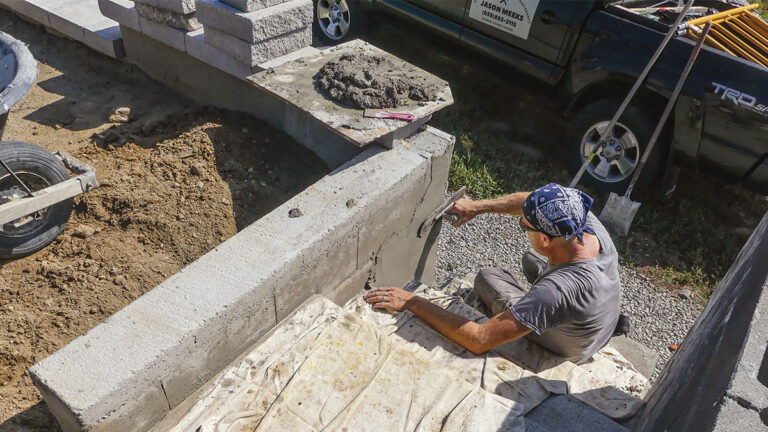What Is the Real Cost to Parge Basement Walls in 2025? Full Price Breakdown, Benefits, and Best Products
If you’ve ever taken a close look at the foundation of your home and noticed chipped, cracked, or crumbling concrete, you’ve likely considered parging as a solution. Parging isn’t just a cosmetic patch; it’s an essential protective layer that prolongs the life of your basement or exterior walls. But in 2025, how much should you expect to pay for this project?
Let’s dive into the actual cost to parge basement walls, what’s included, and which products deliver the best results for your investment.
Cost Breakdown: How Much Does Parging a Basement Cost?
The average cost to parge basement walls professionally is around $3 to $6 per square foot in 2025. However, the final price can vary significantly depending on several key factors:
- Surface area and wall height
- Condition of the existing wall
- Location and labor rates
- Interior vs. exterior parging
- Material type and quality
If you’re hiring a contractor to parge 200 square feet of wall, you could pay anywhere from $600 to $1,200, with higher rates in major cities or where special waterproofing layers are needed.
For DIY enthusiasts, materials alone could range from $50 to $300, depending on the product and whether bonding agents, tools, or finish coatings are required. While you’ll save on labor, a DIY job takes time, and precision mistakes can lead to cracks or poor adhesion.
Why Parging Basement Walls Is More Than Just a Facelift
While parging gives your concrete walls a clean, uniform look, its real value lies in protection and performance. Parging involves applying a thin layer of mortar or cement over masonry surfaces to fill imperfections and strengthen the wall structure.
Here’s why parging is a smart investment:
- Creates a water-resistant barrier
- Protects against freeze-thaw cycles
- Improves energy efficiency
- Stops insects and pests
- Prepares walls for finishing
Interior vs. Exterior Parging Cost: What’s the Difference?
Interior parging is usually more affordable because it’s protected from the elements, and materials don’t need to be weatherproof. Costs can start around $2.50 per square foot.
Exterior parging requires tougher materials and more preparation, such as cleaning, waterproofing, and sometimes scaffolding. It typically starts at $4 to $6 per square foot, with premium parging mixes and water-sealants increasing the cost further.
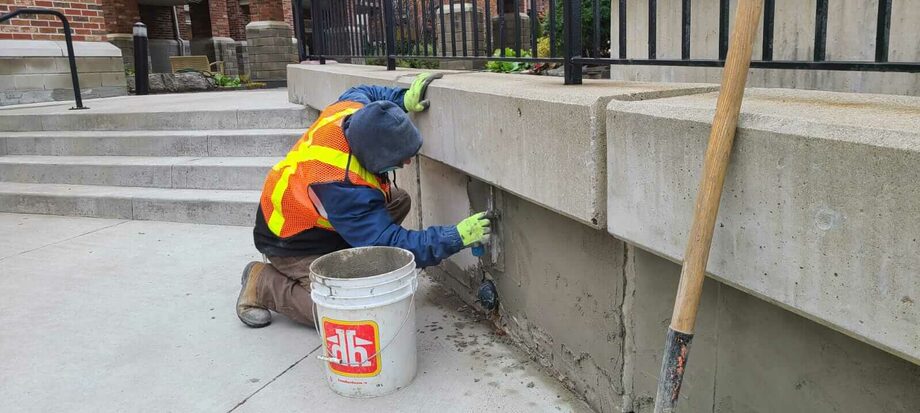
Quikrete Surface Bonding Cement
A trusted name in masonry, Quikrete Surface Bonding Cement is perfect for both repairs and full wall parging. Its formula includes synthetic fibers for added strength, which makes it a top choice for uneven or aging basement walls.
Key Features:
- Excellent adhesion to concrete, brick, and block
- No bonding agent required for most surfaces
- Fiber-reinforced to prevent cracking
- Water-resistant once cured
Best for: Homeowners who want a low-maintenance solution with long-term durability
Coverage: ~50 square feet per 50 lb bag
Price Range: ~$25–$35 per bag
Real-World Use Cases: When Parging Is the Best Solution
Let’s say you’ve got a 1970s home with crumbling basement walls. Over time, those concrete blocks start to degrade, exposing the foundation to water and mold. Parging fills the gaps, smooths the wall, and creates a more energy-efficient basement.
Another case: Your home is in a flood-prone area. Exterior parging with water-repellent additives helps deflect water away from your foundation, keeping your basement dry year-round.
Top 3 Benefits of Modern Parging Mixes
Improved Flexibility and Durability
Modern parging mixes include polymers or fibers that allow the surface to flex slightly without cracking. This is critical in regions with changing temperatures and soil movement.
Enhanced Waterproofing
Some newer parging products include integral water-resistant additives, reducing the need for additional sealers.
Better Aesthetics and Paint Readiness
Once cured, parging can be painted, sealed, or left with a clean gray finish, giving your foundation a polished and uniform look.
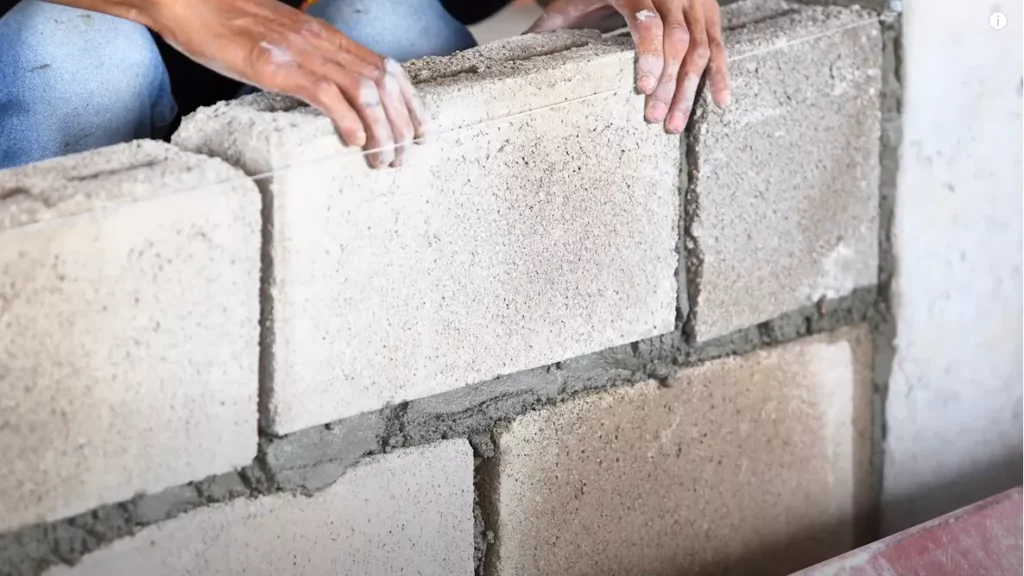
Sakrete Type S Mortar Mix
Sakrete’s Type S Mortar Mix is versatile and reliable for both structural and cosmetic parging. While traditionally used for block and brick mortar, many contractors trust it for interior and exterior parging thanks to its strength and workability.
Key Features:
- Great for bonding to old concrete or stone
- Smooth, consistent application
- Ideal for walls exposed to moisture
Best for: DIY or pro-level jobs that need reliable structural reinforcement
Coverage: 40–50 square feet per 60 lb bag
Price Range: ~$10–$15 per bag
Where to Buy and How to Choose the Right Product
Buying parging mix is easy with online options and big-box retailers. But choosing the right product depends on:
- Your wall’s exposure to weather
- Need for waterproofing
- DIY skill level or contractor preference
- Surface material (block, concrete, stone, etc.)
Top places to buy:
Buy Quikrete Surface Bonding Cement →
Buy Sakrete Type S Mortar Mix →
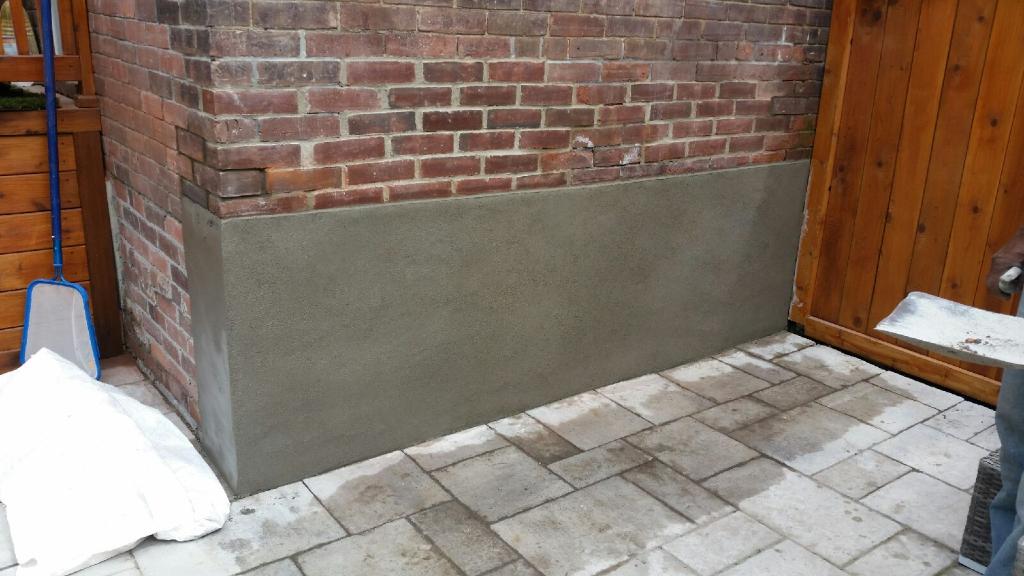
King TuffCrete Parging Mix
This Canadian-made product is specifically designed for parging. It provides a smoother finish than generic mortar and can be applied with a trowel or sprayer.
Key Features:
- Weather-resistant finish for exteriors
- High coverage with minimal shrinkage
- Gray finish is ideal for painting or sealing
Best for: Homeowners seeking a refined finish for exterior walls
Coverage: 60 sq ft per 30 kg bag
Price Range: ~$20–$30 per bag
Common Issues That Parging Can Solve
- Basement moisture: Adds a breathable but water-resistant layer
- Ugly concrete or stone walls: Beautifies and modernizes
- Cracks and joints: Fills and smooths irregularities
- Surface flaking: Rebuilds deteriorated textures
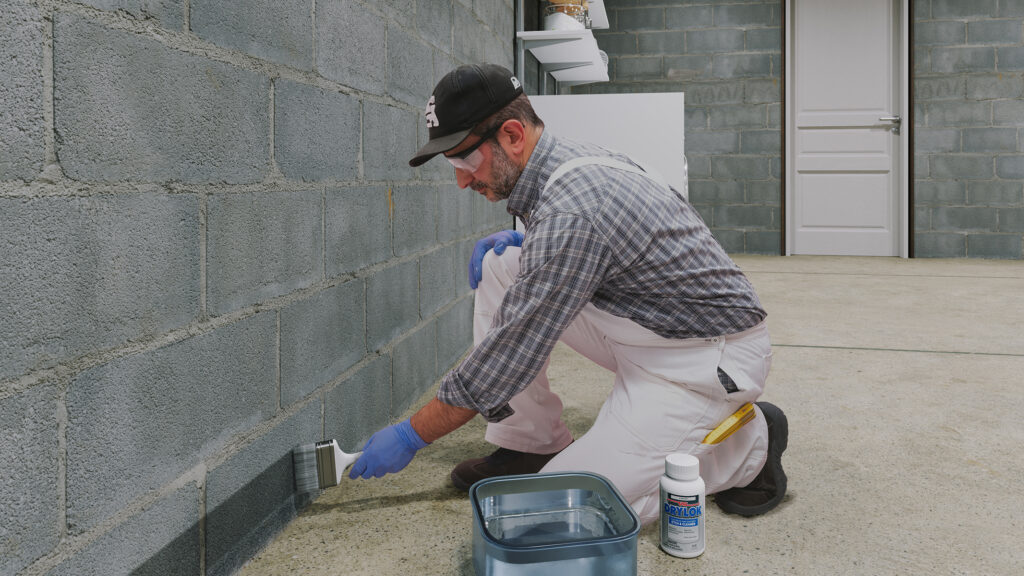
DRYLOK Masonry Waterproofer
While not a parging mix, DRYLOK is often used after parging to create a waterproof barrier. It’s especially helpful for walls that need extra protection from humidity or flooding.
Key Features:
- Seals pores and capillaries in concrete
- Paintable finish
- Available in white, gray, and beige
Best for: Final protective coating on newly parged walls
Coverage: Up to 75 sq ft per gallon
Price Range: ~$30–$45 per gallon
FAQs About Parging Basement Walls
Q1: How thick should a parging layer be?
A: Most parging applications are around 3/8 to 1/2 inch thick. Thicker coats may be needed for walls with deep damage.
Q2: Can I parge over painted concrete?
A: No. Painted surfaces must be stripped or etched before parging to ensure proper adhesion.
Q3: How long does parging take to cure?
A: The Initial set happens in a few hours, but full curing takes up to 28 days, depending on the product and humidity.
Conclusion
The cost to parge basement walls in 2025 is a worthwhile investment, whether you’re protecting your home from moisture, repairing aged concrete, or simply giving your foundation a fresh new look. With prices ranging from $3 to $6 per square foot, homeowners can choose between hiring a contractor for a hassle-free finish or saving money with a DIY approach.
More than a cosmetic fix, parging offers long-term benefits like:
- Improved waterproofing and insulation
- Protection from freeze-thaw damage
- Pest and insect resistance
- Smoother walls are ready for painting or sealing
Choosing the right product makes a big difference. Whether it’s Quikrete, Sakrete, King, or applying a sealant like DRYLOK, make sure your walls are properly prepped, cleaned, and coated. Investing in a high-quality parging mix not only extends the life of your foundation but also adds value to your property.
So, if your basement walls are cracked, ugly, or vulnerable to moisture, don’t wait until minor issues turn into major repairs. Parging is one of the simplest ways to shield and strengthen your foundation, cost-effectively, durably, and smartly.
Need help choosing the right product? Scroll back to the product sections above and grab direct links to the best-rated options in 2025.
